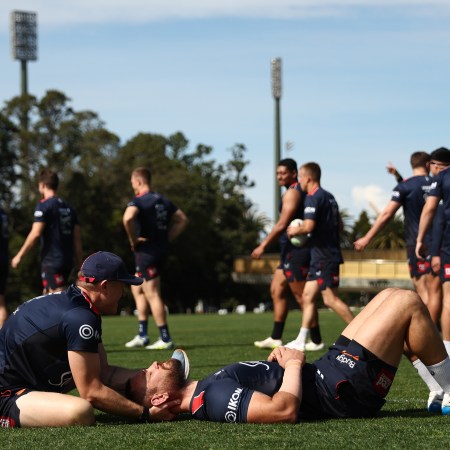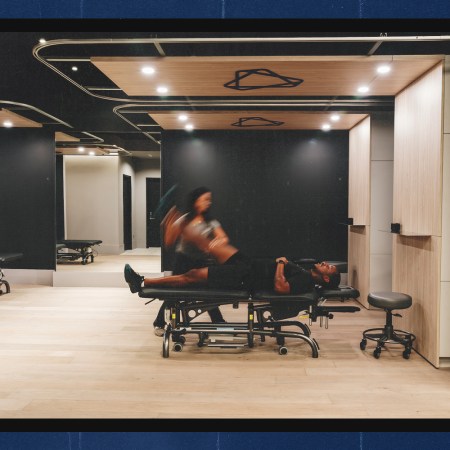If you’ve ever experienced lower back pain — and it’s hardly a rare occurrence, especially as people age — you’re well aware of its debilitating effects, both in terms of the pain itself and for its effects other movement you might try to make over the course of the day. There’s another concern for researchers working on pain relief these days: trying to avoid the use of opioids, which could worsen an existing crisis.
That’s what makes a recent piece of news from Persica Pharmaceuticals sound especially encouraging. The company recently announced the results of a clinical trial for PP353, a non-opioid treatment for chronic lower back pain. PP353 is designed to address a specific type of back pain: chronic pain as a result in what Persica Pharmaceuticals describes as “a chronic indolent infection in the disc space.”
This particular treatment consists of two injections, delivered four days from one another, which treats the underlying infection.
The trial, which tracked 44 patients in four countries over the course of 12 months, found that patients showed signs of “clinically meaningful reductions” in the initial three months following the injection, with improvements continuing in the months that followed.
Insoles Aren’t Sexy. But Neither Is Back Pain.
Fulton’s cork inserts align your kinetic chain from the ground up“The obvious statistical significance, along with their consistency across a wide range of outcome measures, sets these early results apart from those of our current treatment options for these chronic low back pain patients,” said Chris Gilligan, Chief Medical and Quality Officer of Robert Wood Johnson University Hospital in a statement.
As The Guardian‘s health policy editor Denis Campbell pointed out, the relatively small number of test subjects means that PP353 will require more testing before it can be widely used. If these results hold up in a larger research group, the potential number of people who could be helped by this treatment is vast.
The Charge will help you move better, think clearer and stay in the game longer. Subscribe to our wellness newsletter today.



















